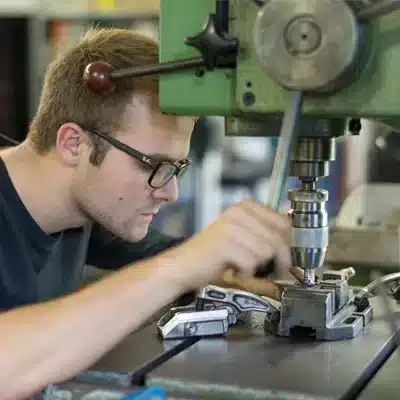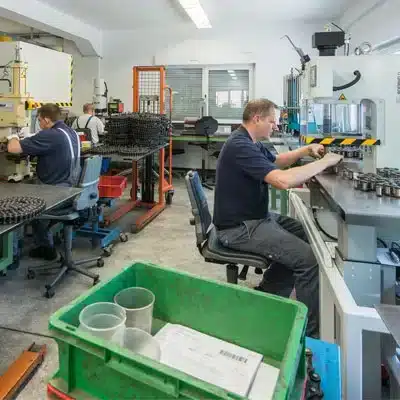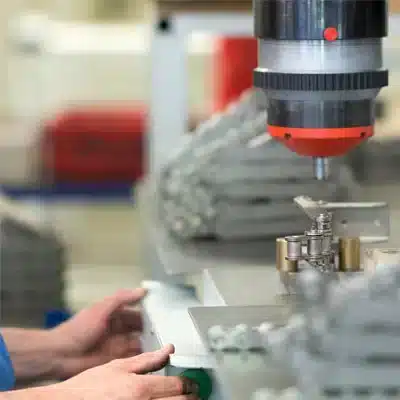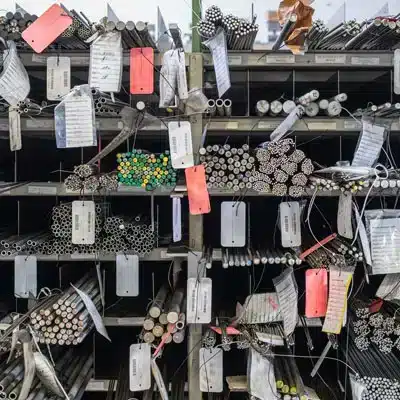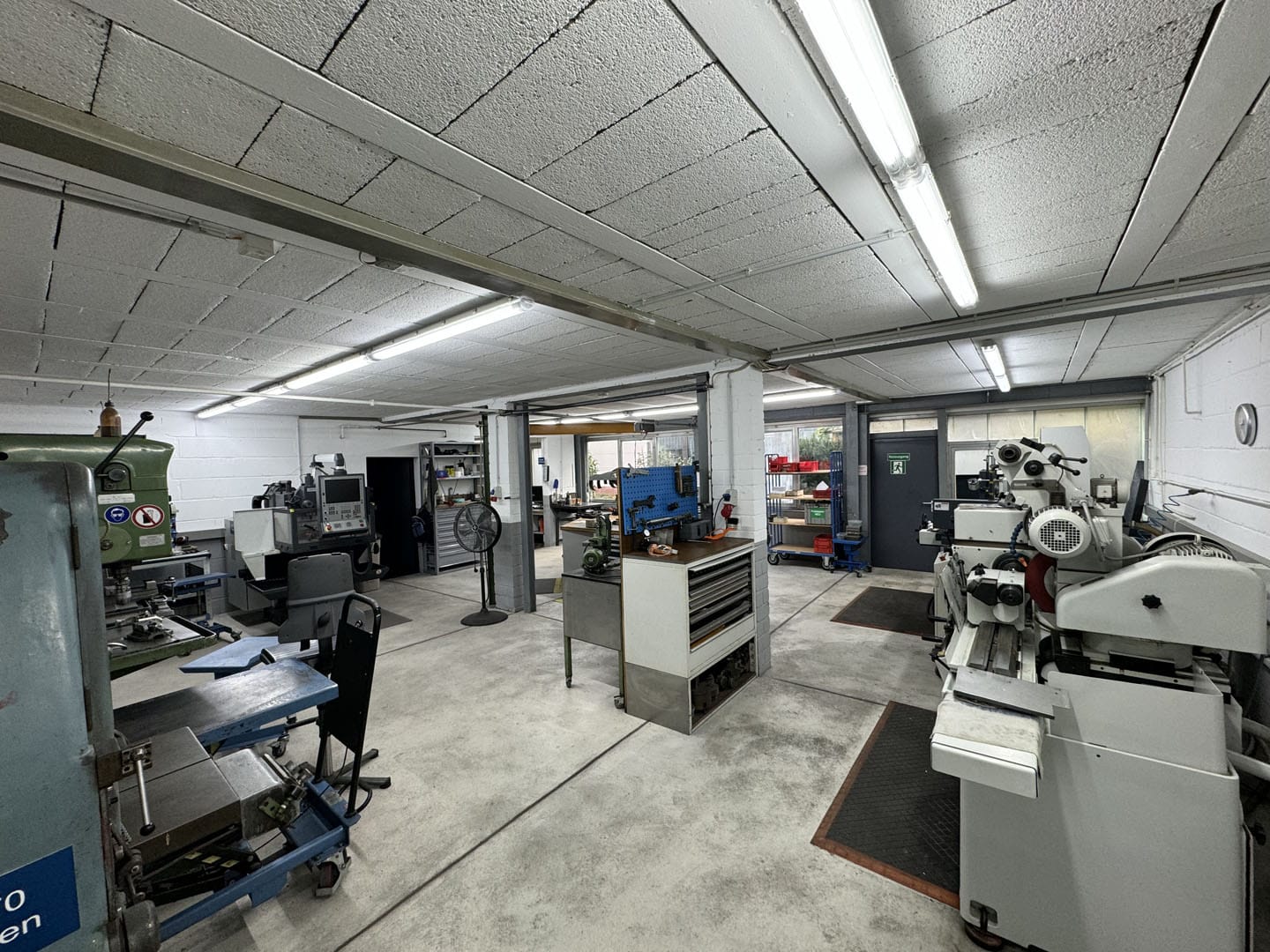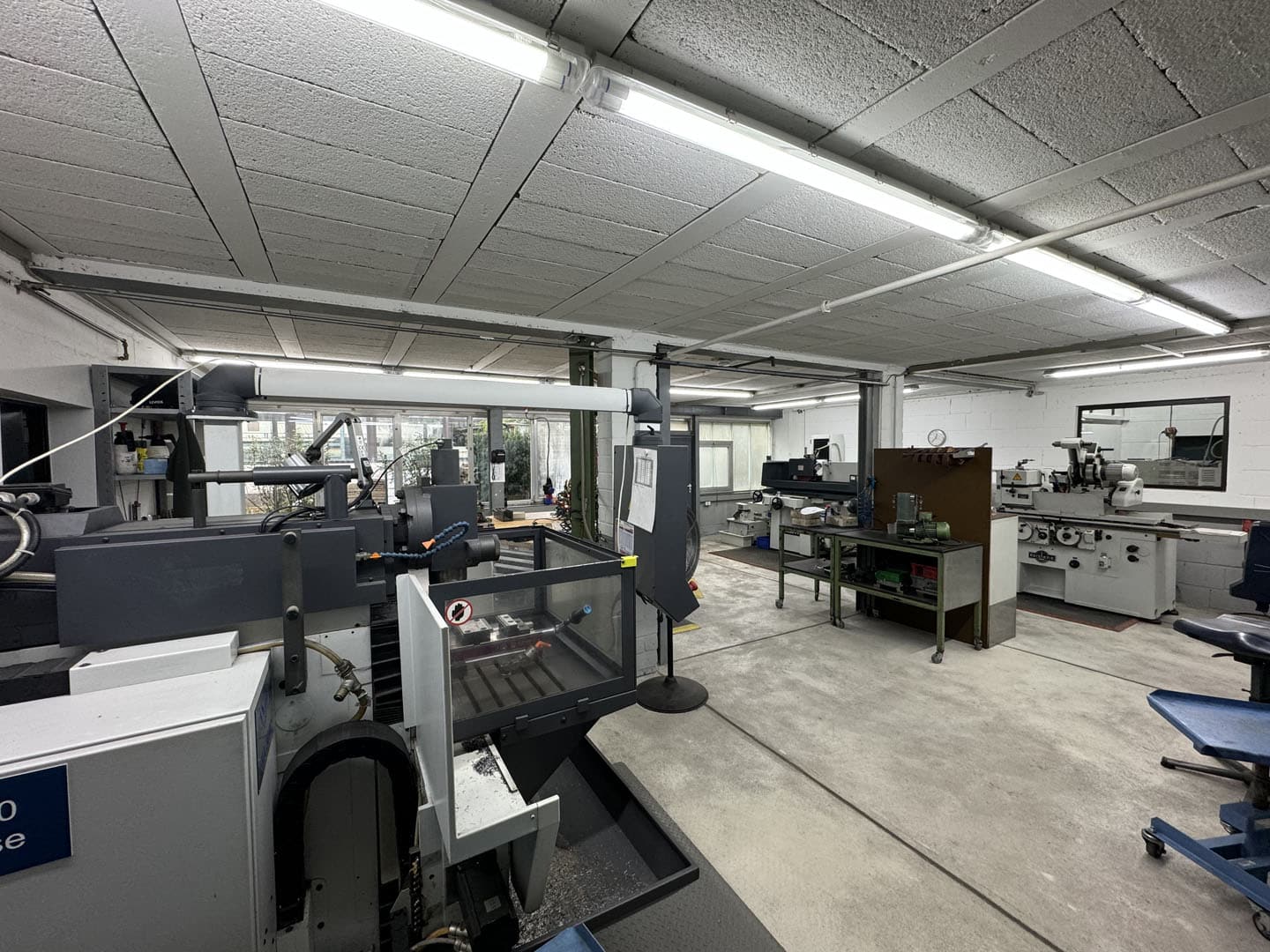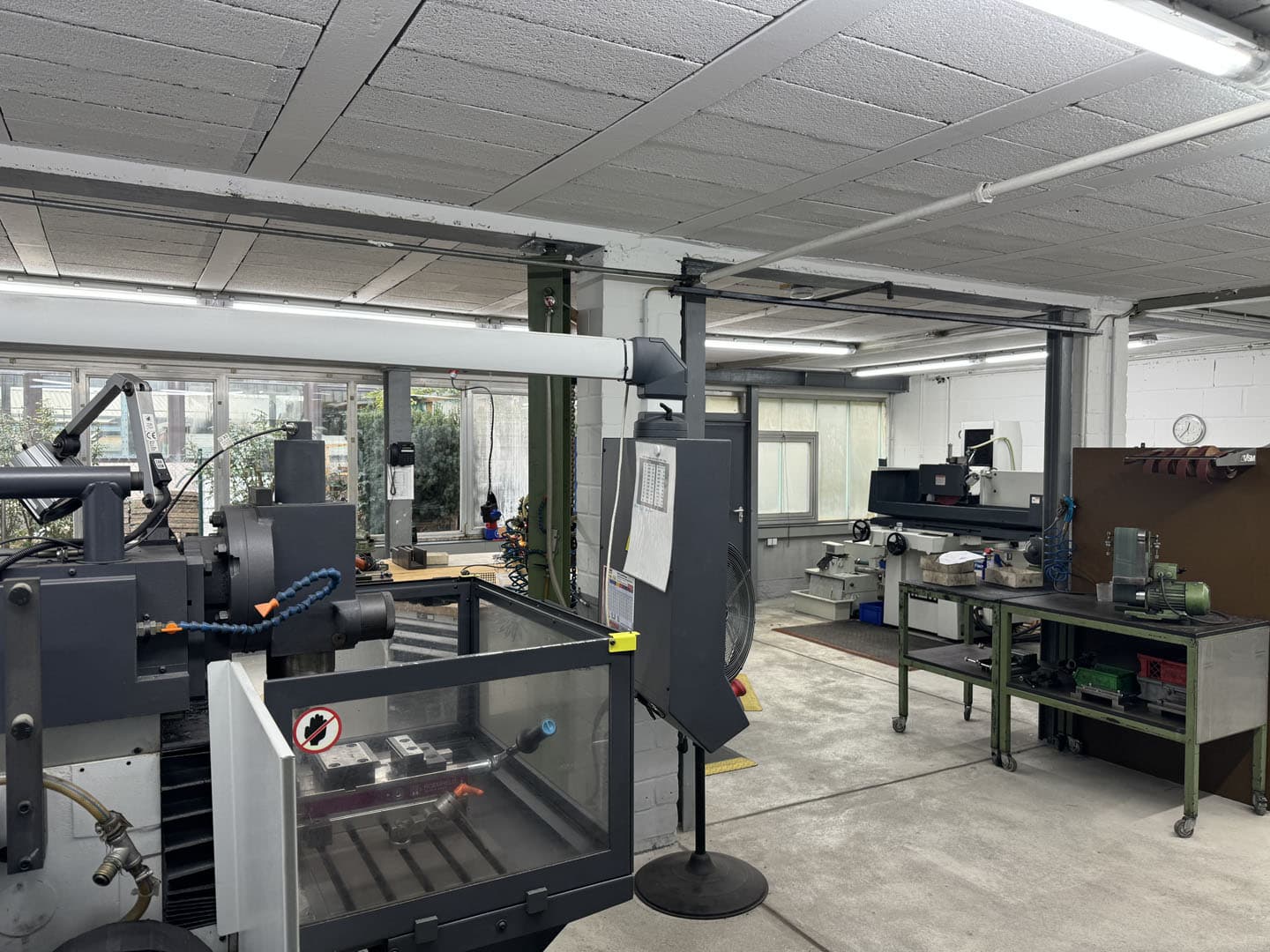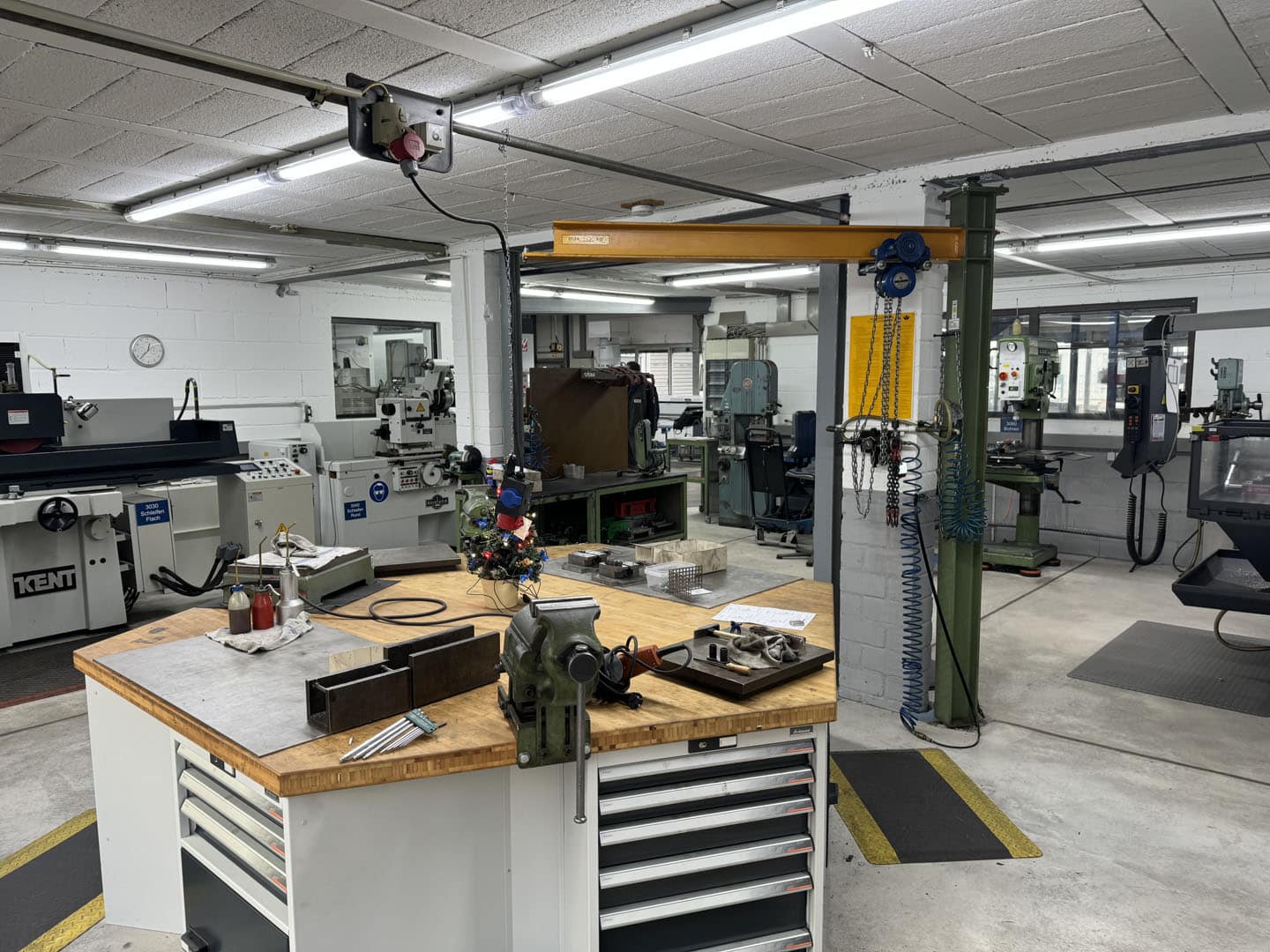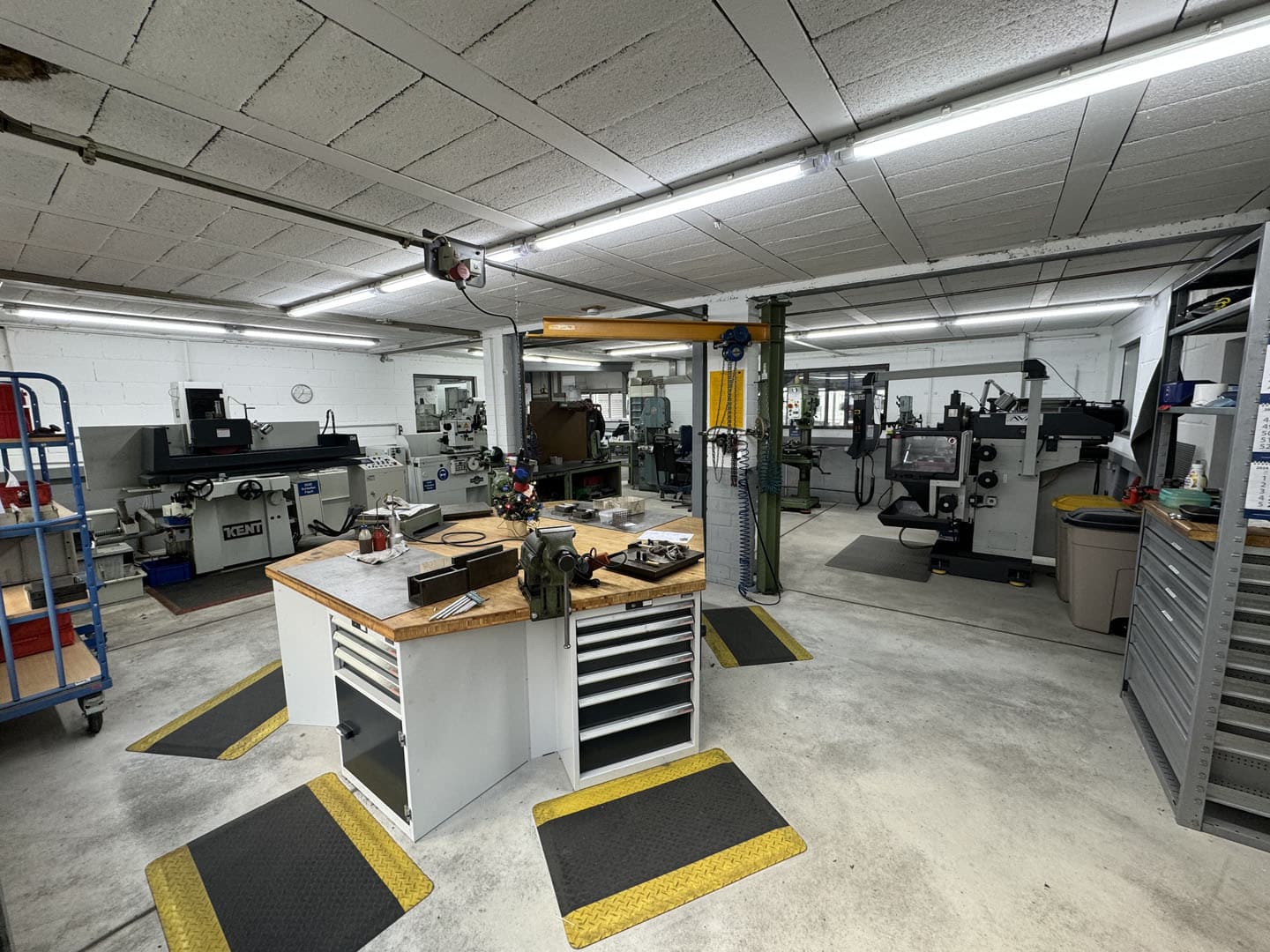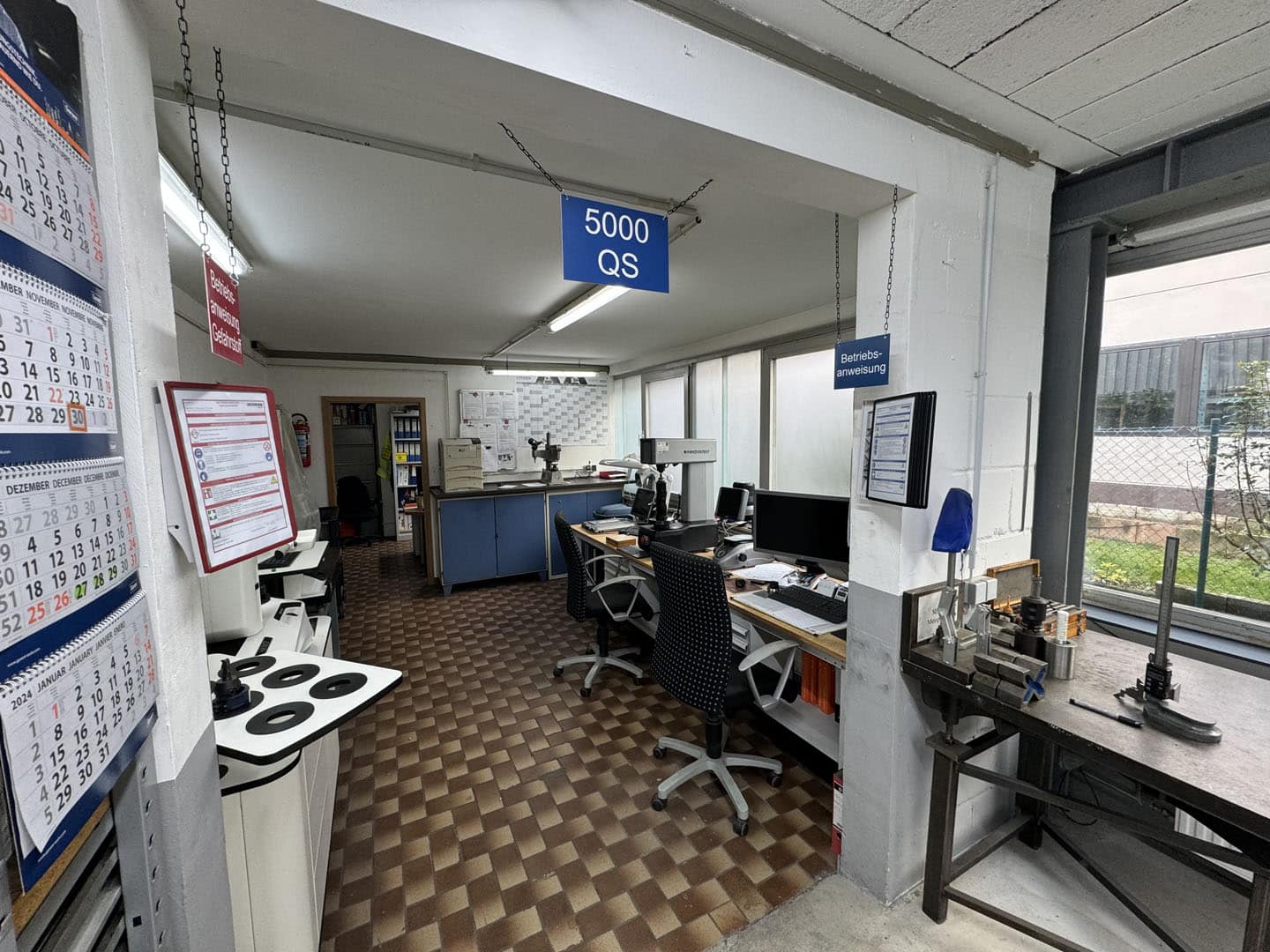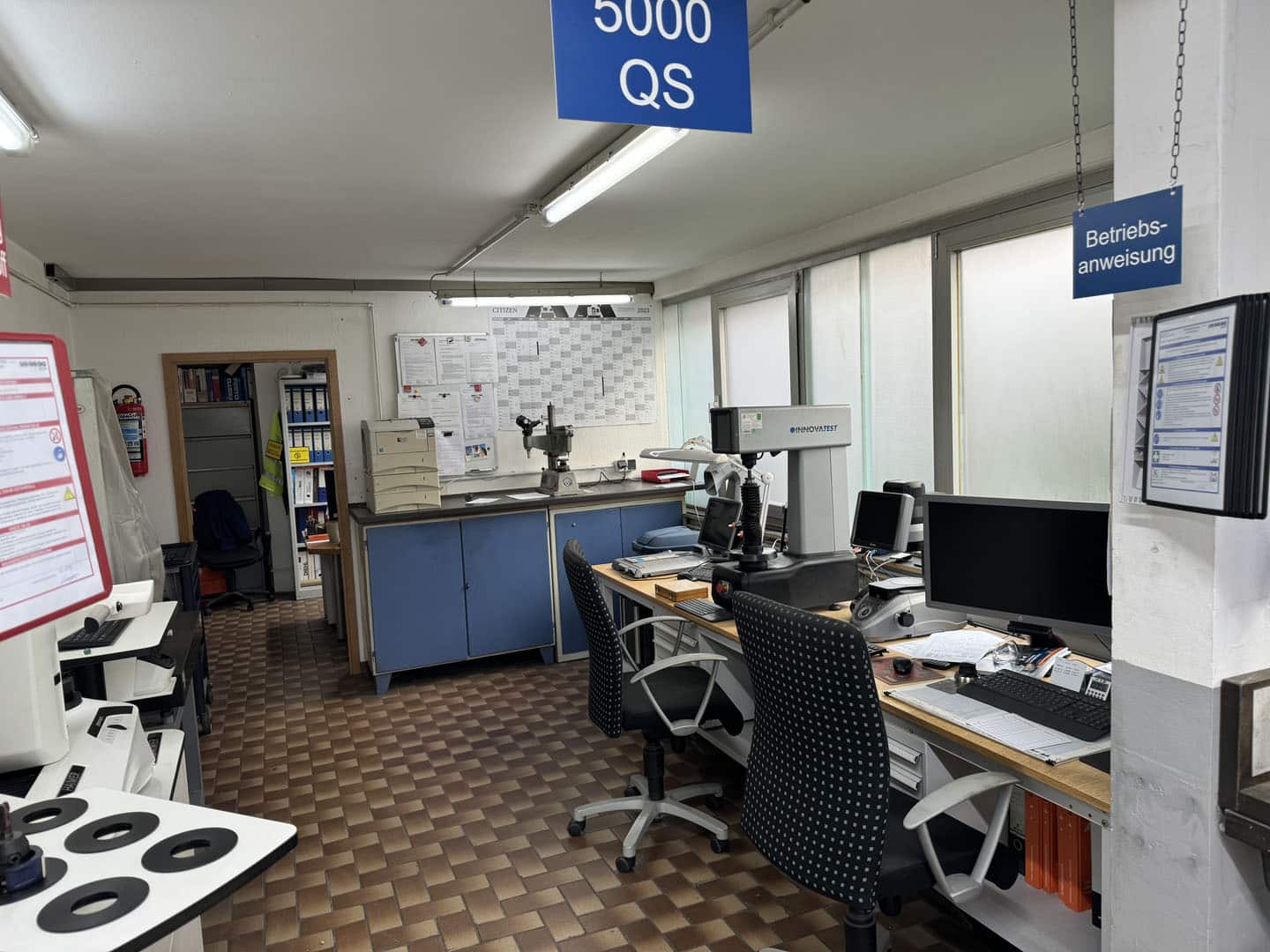Theory
Technology
The history of the chain
The term “chain” is derived from the Latin word “Catena” or the old German word “Kutti” (row, flock). The history of the chain began as jewelry; link chains were worn as jewelry in the Bronze Age (around 200 BC). After that, many scholars studied the chain, including the Greek mechanic Philon of Byzantium in his books “Mechanike Syntaxis” and Leonardo da Vinci, who often sketched link chains in his drawings, which are very similar to the block and leaf chains that are widely used today.
A bucket elevator with a link chain was built as early as the 1st century BC by the Roman architect and engineer Marcus Vitruvius Pollio. The first patent was granted to the Englishman Ph. White in 1634 for the first iron anchor chain. In 1813, Th. Brunten a link chain with bar links. However, the chain only became important with the onset of industrialization. The Frenchman André Galle invented the gall chain named after him in 1829 and H. Renold from Schweitz acquired the patent for the steel link chain in England in 1880. The chain then continued its triumphal march and was used in mining, agriculture and everywhere else, as it was now available in large quantities thanks to industrial production.
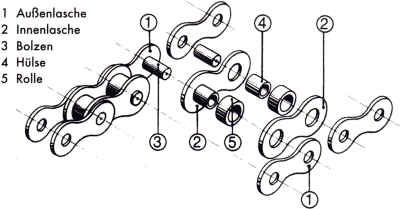
200 BC Jewelry and kettle chains
100 BC Scoop mechanism with link chain
1634 1st patent for Ph. White (iron anchor chain)
1813 T. Brunten invents link chain with bar links
1829 A. Galle invents gall chain
1880 H. Renold receives patent for steel link chain
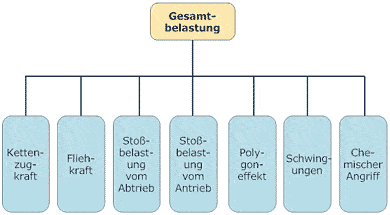
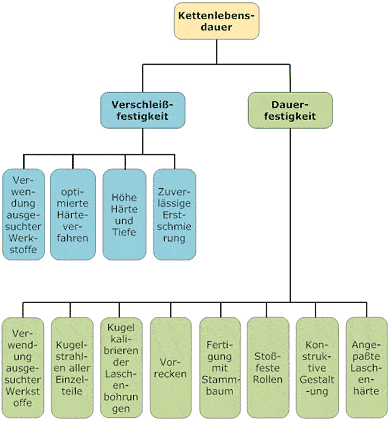
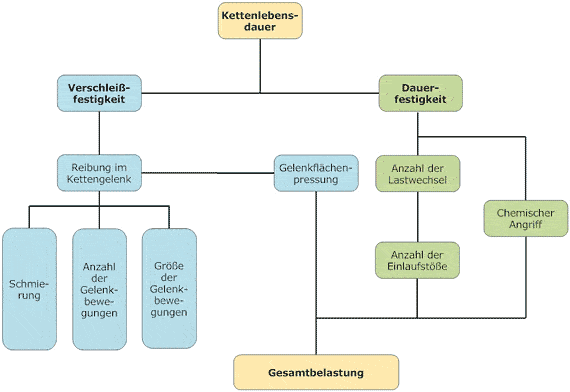
Consideration of the service life of a chain in operation
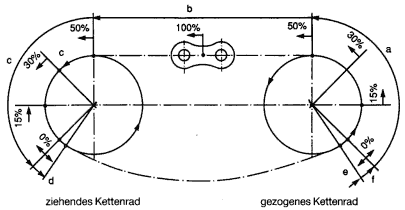
Force distribution in a chain
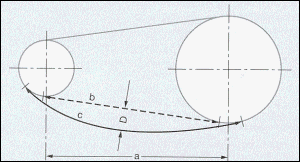
Sag (slack run) of a chain
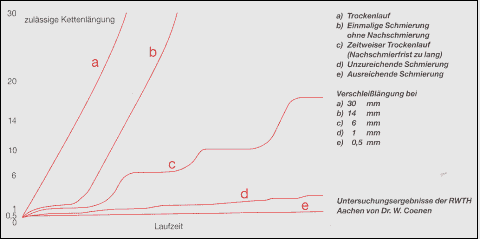
Influence of lubrication on the service life of a chain
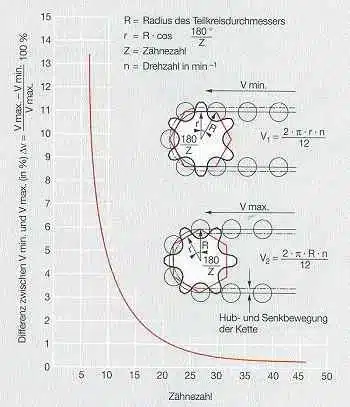
Polygon effect

